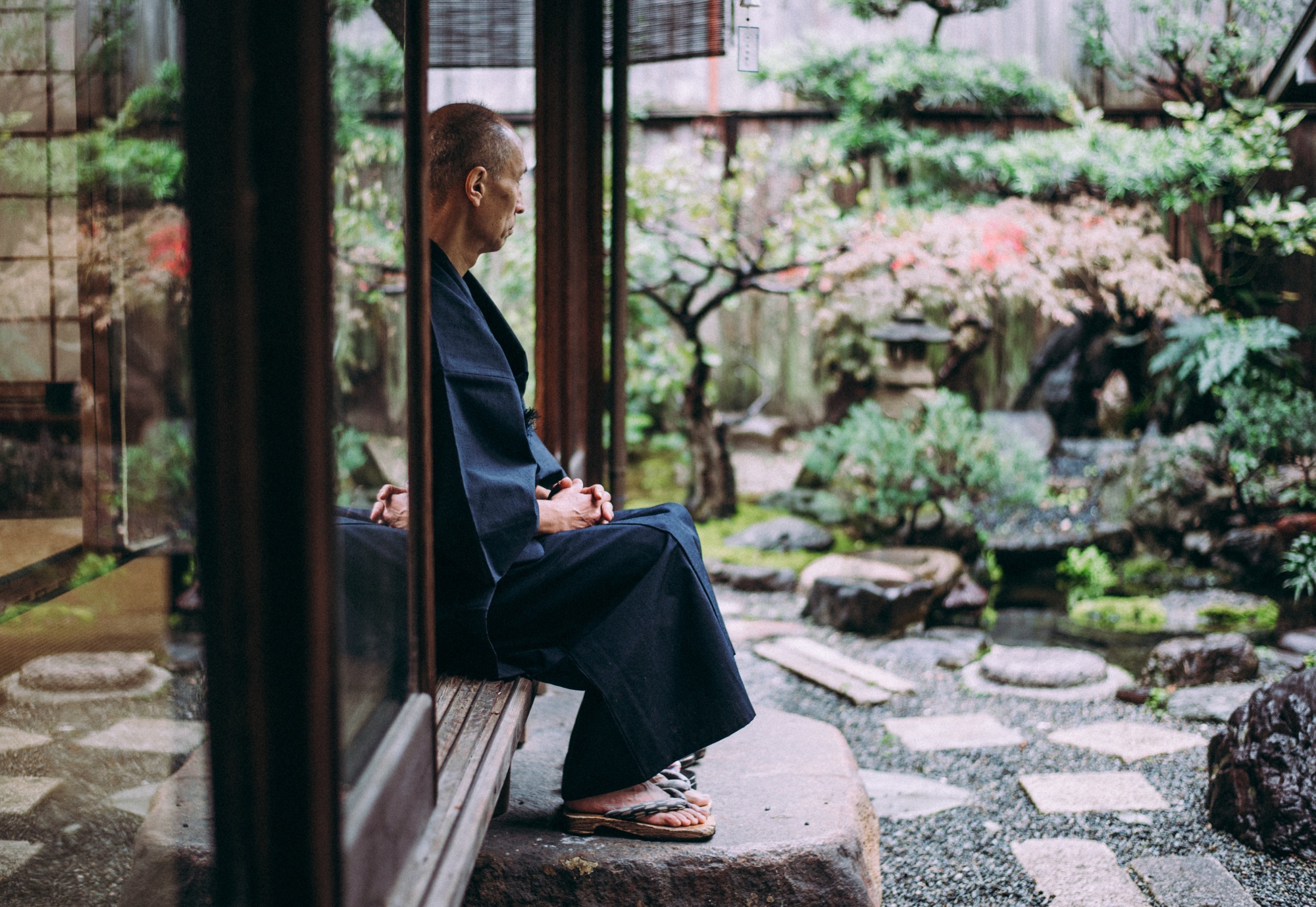Aging infrastructure, aging society: The double burden of Japanese real estate
It is well documented how Japan’s population has been aging quite rapidly for years. The demographic shift has garnered a lot of attention, mainly as a cautionary tale for how other advanced economies can navigate such challenges.
A parallel crisis is quietly unfolding in the form of bricks and steel: the growing proportion of the elderly and the migration of the younger Japanese to metropolitan areas have rendered several residential and commercial properties into disuse. This has resulted into a widening spatial divide between bubbling urban areas and struggling regional economies. While places like Tokyo and Osaka remain dynamic and dense, smaller cities are dotted with empty homes and shuttered shops.
One can see the changing landscape of Japanese real estate as a visible barometer of changing demographics. For instance, Graph 1 shows that almost 14 per cent or nine million out of all dwellings in Japan were vacant in 2023, an increase of over two million units over the past two decades.

Aging bricks and steel
In tandem with the rise of vacant homes, or akiyas as popularly known, several of Japan’s public infrastructures are approaching the end of their lifespan. Estimates suggest that by 2040, about 75 per cent of the nation’s road bridges will have maximised their designated life. The risk of infrastructural failure is high and real: more than 2,600 sinkholes were reported within the country in 2022, with many traced to aged sewage pipes constructed over 40 years ago.
Addressing this challenge requires both decisive policy actions and massive financing that could be difficult to raise. It has been estimated that about JPY 12.9 trillion (USD 83.7 billion) per year will be required to refresh the entire infrastructure pipeline of Japan using a combination of financing strategies. For a city like Yokohama, about JPY 170 billion (USD 1.1 billion) will be required to maintain its existing infrastructure annually. One should note that the current structural deterioration outpaces the rate of repair.
Considering the growing social security expenditure requirements due to population aging, the infrastructure problem effectively doubles the fiscal pressure which the Japanese government is confronting.
Opportunities in real estate
Despite the increasing number of aging infrastructure and akiyas, investments continue to pour into the domestic property sector. The April 2025 Financial System Report of the Bank of Japan shows a structural shift within the sector: a persistent post-COVID rise in real estate prices, especially in major metropolitan areas led by Tokyo. Much of this is attributed to sustained property demand due to the recent moderate recovery of the Japanese economy, alongside an increase in material costs and persistent labour shortage.
Besides domestic players, foreign investors have also contributed to the price surge. Data from the Japan External Trade Organization show that the real estate sector received 4.5 per cent of the total inward foreign direct investment recorded in the first quarter of 2025. Further, foreign investment inflows into Japan’s property sector increased by over USD 165 million between 2023 and 2024. Much of this investment came from wealthy Chinese buyers, who largely secure their purchases in cash. The strong demand is pushing property prices even higher.
Japan’s sustained appeal to foreign investors lies in its relative market stability, openness to real estate ownership for non-citizens, higher rental yield, and lower property taxes compared to other major hubs such as the US, the UK, and China. Additionally, the yen’s weaker position makes Japanese assets cheaper in foreign currency terms, while the increasing influx of expatriates and foreign businesses furthers the likelihood of additional foreign investments.
A key indicator of the property sector’s performance is the trajectory of Tokyo Real Estate Investment Trusts (TREIT), which allow investors to generate income from acquiring shares in real estate assets. Recent data as seen in Graph 2 shows a persistent upward trajectory in TREIT index since early 2025, indicating strong investor demand for Japanese real estate amid global uncertainty.

Policy response
The Japanese government is well aware of the rising aging population, aging infrastructure, and akiya. In recent years, several policy initiatives have been launched to cushion their impacts, especially outside the metropolitan areas.
One important initiative is the Digital Garden City Nation strategy, an evolution of Japan’s broader regional revitalization agenda. It seeks to encourage the adoption of digital technology to increase job creation in rural areas through entrepreneurship and make rural living more attractive. The strategy also seeks to decongest metropolitan cities by encouraging regional migration, and promote work-life balance so people are encouraged to pursue marriage and childbirth.
Furthermore, local governments are taking unique steps towards addressing the vacant homes phenomenon. For instance, a survey of about 318 municipalities shows that about 40 per cent offer subsidies for renovation or demolition of idle homes, while 55 per cent operate “vacant house banks” that collate and connect owners of such houses with potential buyers.
The private sector is equally engaged in addressing this phenomenon. Some startups are providing AI-based demolition cost and post-demolition land value appraisal, revitalizing empty homes, and simplifying complex inheritance procedures. These efforts could result in reinvigorating old neighbourhoods and in boosting regional economies across the country.
Together, the intersection of demographic shifts, infrastructural decay, and real estate price dynamics pose both fiscal and social challenges, though we see a silver lining of opportunities for adaptive investments. While the aging population continues to shape the real estate market, Japan’s transparency, institutional depth, and predictable yield structure offer strong appeal for long-term investors seeking income stability rather than speculative gains.
This original article has been produced in-house for Lundgreen’s Investor Insights by on-the-ground contributors of the region. The insight provided is informed with accurate data from reliable sources and has gone through various processes to ensure that the information upholds the integrity and values of the Lundgreen’s brand.






